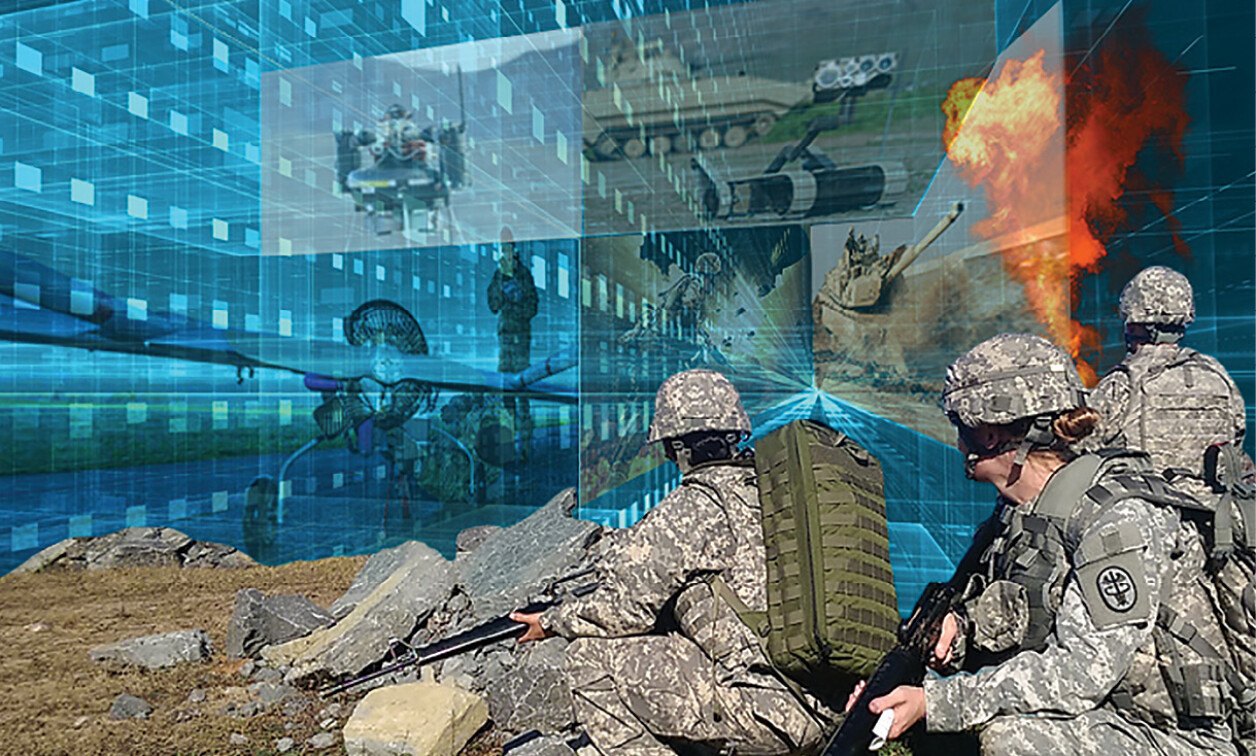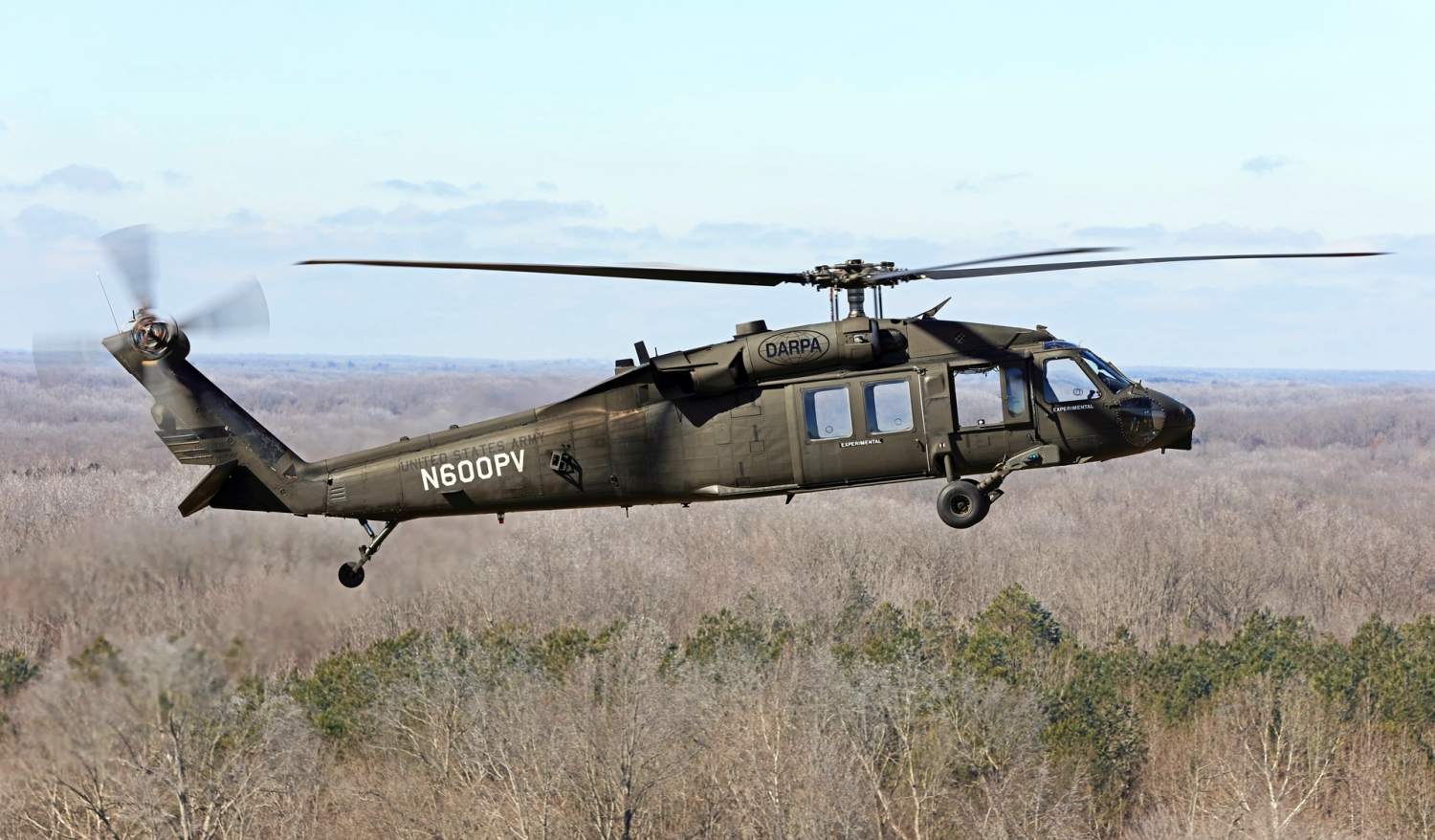Autonomous Military Discount - Whether it's professional sports or business, getting the transition right is critical. Those who get them right will win championships or market share; those that didn't win easily, lost market share, or simply ceased to exist (like Kodak or Blockbuster). Military transitions are no different. Between the World Wars, Germany developed its blitzkrieg ("blitzkrieg") doctrine, and the French developed the Maginot Line. So the US military is in transition after almost 20 years of fighting in Afghanistan and Iraq, so it has to adjust.
This is not the first major military transition. After the Vietnam War, the army's focus shifted from counterinsurgency to the use of new, high-tech armor combined with modern air power to confront the Soviet Union. This new concept of AirLand Battle resulted from wholesale changes in army doctrine, organization, training, materiel, leadership, personnel, and facilities. Today, after decades of focusing on counterterrorism and counterinsurgency, the Army is shifting to a different battlefield concept called multidisciplinary operations. The concept involves deploying army, navy, air force, cyber and space forces simultaneously to compete with, and if necessary defeat, Russia and China in armed conflict.
Autonomous Military Discount

Despite impressive progress, effective multi-domain doctrine remains problematic due to over-commitment to legacy platforms. Based on the factors that contributed to the Army's successful transition to AirLand combat, there is little reason to be optimistic that multi-domain operations will succeed in AirLand combat. The military continues to be tasked with defining the force it wants, with large, expensive, and expensive manned systems operating in an environment better suited to small, multiple, and intelligent people. Fewer and more luxurious systems are increasingly vulnerable to the benefits of abundance and affordability. So what is preventing the US military from transitioning to an affordable, abundant and independent force?
Autonomous Military Robots As Warfighters
A mix of factors are responsible, but first you need to establish why affordable, abundant and independent power is better. A force based on the concept of "few and many" is superior because it is faster, easier and less fragile to manufacture. It offers a more strategic, functional and tactical movement; more importantly, it can outperform its luxury counterparts in large-scale battles and multi-domain operations.
Production sites on today's platforms are more vulnerable than at any time in history. Currently, M1 Abrams tanks and other combat platforms are assembled in specific geographic locations and rely on specialized specialists to produce these capabilities. These production zones could be targeted by hypersonic missiles, proxy forces, cyber operations and even critical personnel, which could cause a complete shutdown of all production during a war.
For strategic mobility, autonomous vehicles can be designed and built simply enough to allow a large number of factories to use them. Those factories may be able to move from one location to another to avoid destroying the entire supply chain for a particular vehicle in one fell swoop. Although this may seem difficult, inefficient and unnecessary, it is worth remembering that the efforts of the residents to evacuate more than 1,500 factories with military needs after the Soviet invasion in mid-1941 saved the Soviet military capacity. german army Thanks to the spread and mobility of state-owned factories that produce many affordable combat platforms, the US military can count on continuous supply from the continental United States.
Affordable, abundant, and autonomous vehicles can increase the operational mobility of U.S. military forces in many ways. Allied nations were also able to produce similar inexpensive stand-alone platforms to meet wartime needs, in addition to delivery outside the continental United States. For example, if the US and its allies own mobile factories in western, central and eastern Europe, this could reduce the need for time-consuming deliveries by incorporating traditional luxury and expensive manned equipment from ship to shore and beyond by rail. In addition, the reduced capacity of small autonomous vehicles compared to elegant platforms such as the M1 Abrams tank allows them to cross many bridges, which require a large engineering effort from the Army.
The U.s. Military Begins Autonomous Vehicle Testing » Traffic Safety Resource Center
Small autonomous vehicles can improve tactical mobility compared to heavier, manned vehicles. The size and weight of traditional luxury vehicles make them impractical for deep water hiking. Instead, the US military currently relies on complex and high-risk river crossings using limited bridge facilities. During conventional river crossings, this bridging device is vulnerable to enemy fire before being used to bypass heavy combat platforms. On the other hand, a light independent vehicle may be capable of an amphibious assault, independent of extensive bridge support. This would allow the army to quickly build combat power across the river before establishing a permanent bridge-building infrastructure to follow.
The doctrine of AirLand Battle is based on the luxury platform "to fight and win in numbers". During the Gulf War, the US-led coalition largely adopted this doctrine against Saddam Hussein's Iraqi forces. It was in 1991. Today, in the era of multi-domain operations, modern mass autonomy and remote control systems will bring victory to those who can muster many autonomous combat forces in large ground engagements. Ground intelligence and security, limited by supply lines and appetite for risk, can be extended almost indefinitely with abundant, affordable, autonomous systems. This imprecise intelligence and security would give military leaders a distinct advantage over their adversaries. In addition, autonomous systems allow U.S. military leaders to attack behind enemy lines, conduct ambushes, or attack unsuspecting enemy forces.
US conventional forces rarely use infiltration as a maneuver because of the risk of being captured or killed behind enemy lines. Today, public confidence can benefit greatly from that useful maneuver that was widely used by the Chinese military to wreak havoc against American forces in the Korean War. Furthermore, if "the best tank on the battlefield is the tank with the best crew", then a competent team operating ten or more unmanned automatic systems can be expected to surpass the capabilities of a T-90 crew. combined offensive and defensive weapons.

So, what is preventing the US military from transitioning to an affordable, abundant and independent force? Four Factors: Recent Interstate Conflicts, Organizational Culture, Military-Industrial Complex, Army Acquisition System. These factors worked to the advantage of the army, allowing it to "get it right" with its highly focused doctrine development between 1974 and 1991. However, these factors are now working against the army and trying to create a "dominant" force. and the struggle for multi-domain operations in the near and distant future. First of all, the concept of "governance" should be rejected. Historically, wars are difficult to control, and the only war in American history in which the United States dominated was the 1991 Gulf War. Expecting dominance leads the army to unrealistic expectations.
Driving Forces: Autonomous Land Vehicles
The first factor limiting the military's ability to move from luxury to abundance is the recent absence of interstate conflict. Five decades ago, when the Arab-Israeli war of 1973 was called the Yom Kippur War, the military had a useful study of real conflicts between states. General William E. DePuy sent Major General Donn A. Starry, then commander of the US Army Armor Center and future Commander of Training and Doctrine, to study the war. His research contributed significantly to the Battle of AirLand. In contrast, there is no real recent interstate conflict. In 2014, Russian armed forces clashed with Ukrainian armed forces in the Donbass region of the country, of course, and those were limited tactical operations (at least for the Russians). So while it may give an idea of what future conflicts might look like, it does not provide solid evidence like the Arab-Israeli war. As a result, arguments about whether future wars will be on the side of the few, luxurious or the small, many, smart are based more on guesswork than hard evidence. Lack of consensus encourages the status quo rather than innovation.
The second factor is related to organizational change: organizations are resistant to change against deeply embedded cultural norms. The Battle of AirLand was taken lightly because it did not disrupt any major industries and reinforced the status and entrenched standards of the armor and aviation industries. However, the transition of the military, or at least some of the military, to an abundant, cheap and autonomous platform will face stiff resistance. Tankers and pilots don't want to control unmanned platforms with steering - it goes against everything.
Military drone range, laser range finder military, military range bags, military range targets, long range military radio, military radio range, military range finder, military long range binoculars, range rover military discount, military range rover, range of military drones, military range bag
0 Comments